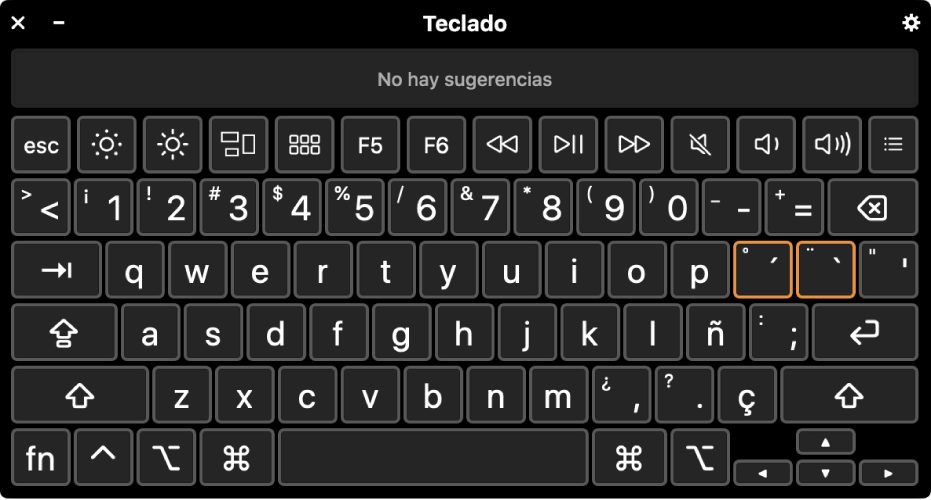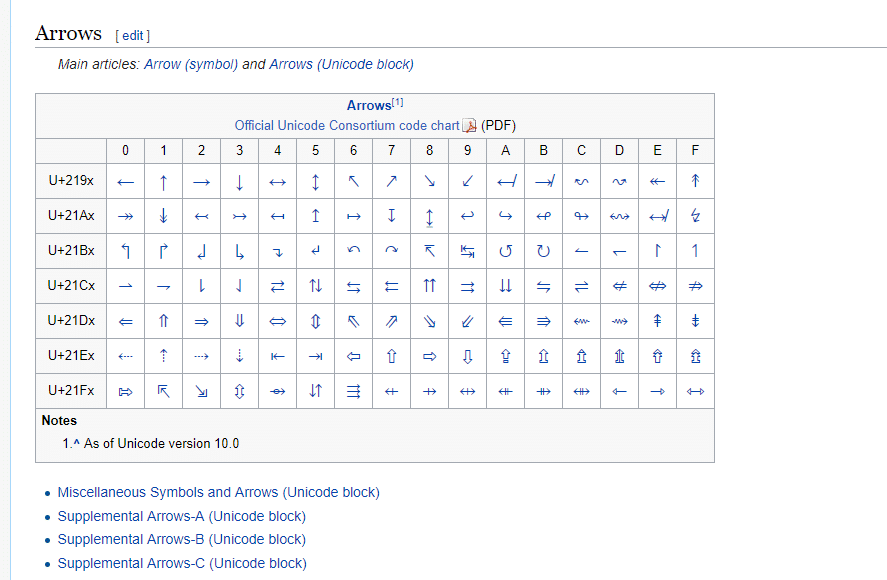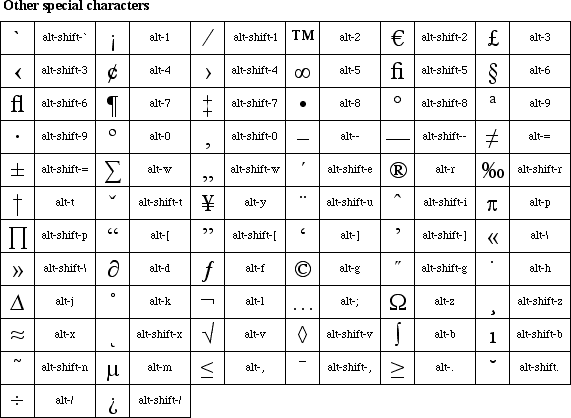
Spanish retained it, however, in some specific cases, particularly to indicate the palatal nasal, the sound that is now spelt as ñ. This usage was passed on to other languages using the Latin alphabet although it was subsequently dropped by most. Other languages used the macron over an n or m to indicate simple doubling.Īlready in medieval Latin palaeography, the sign that in Spanish came to be called virgulilla (meaning "little comma") was used over a vowel to indicate a following nasal consonant ( n or m) that had been omitted, as in tãtus for tantus or quã for quam.

It is a letter in the Spanish alphabet that is used for many words-for example, the Spanish word año ( anno in Old Spanish) meaning "year" and derived from Latin annus. Historically, ñ arose as a ligature of nn the tilde was shorthand for the second n, written over the first compare umlaut, of analogous origin. It was engraved in Alhambra after Reconquista by the Catholic Monarchs, meaning that both Queen Isabella I of Castile and King Ferdinand II of Aragon were equivalent in power (" Tanto monta, monta tanto, Isabel como Fernando"). Thus, this inscription is read "Tanto monta" ("it amounts as much"). In medieval times, "~" was a shorthand for an "N". Its alphabetical independence is similar to the Germanic W, which came from a doubled V. Historically it came from a superscript abbreviation for a doubled N. Unlike many other letters that use diacritic marks (such as Ü in Catalan and Spanish and Ç in Catalan, French, Portuguese and sometimes in Spanish), Ñ in Spanish, Galician, Basque, Asturian, Leonese, Guarani and Filipino is considered a letter in its own right, has its own name (in Spanish: eñe), and its own place in the alphabet (after N).


Many Portuguese speakers use this letter in informal internet language to represent the word não (no). In Breton and in Rohingya, it denotes nasalization of the preceding vowel. It represents in Crimean Tatar, Kazakh, ALA-LC romanization for Turkic languages, the Common Turkic Alphabet, Nauruan and romanized Quenya. It became part of the Spanish alphabet in the eighteenth century when it was first formally defined, but it has subsequently been used in other languages, such as Galician, Asturian, the Aragonese Grafía de Uesca, Basque, Chavacano, some Philippine languages (especially Filipino and Bisayan), Chamorro, Guarani, Quechua, Mapudungun, Mandinka, Papiamento, and Tetum alphabets, as well as in Latin transliteration of Tocharian and many Indian languages, where it represents or. Ñ, or ñ ( Spanish: eñe, ( listen)), is a letter of the modern Latin alphabet, formed by placing a tilde (also referred to as a virgulilla in Spanish) on top of an upper- or lower-case N.


 0 kommentar(er)
0 kommentar(er)
